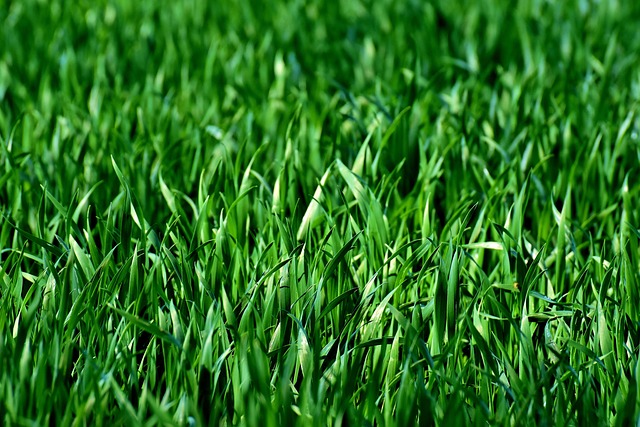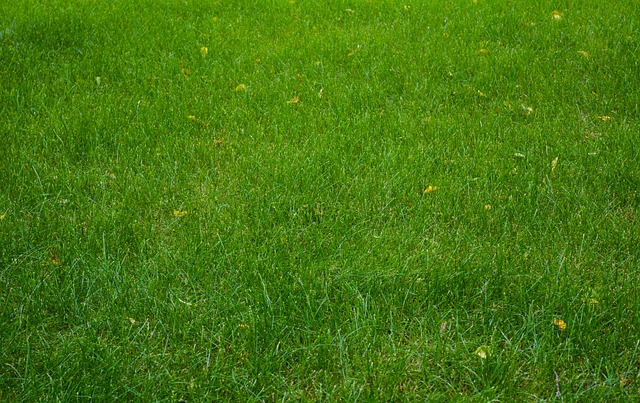In Thornton's cool, moist winters, fall lawn fertilization with nitrogen-rich nutrients is key to enhancing grass hardiness against frost damage and pest infestations. Slow-release nitrogen fertilizers promote robust root development, making lawns more resilient. Integrated Pest Management (IPM) strategies, including fall fertilization, reduce reliance on chemicals while fostering sustainable, healthier turf.
In the pursuit of maintaining lush and healthy Thornton lawns, understanding winter hardiness is paramount. This article explores essential strategies, focusing on fall lawn fertilization as a key component for enhancing winter resilience. Discover effective techniques to prepare your lawn for the colder months, ensuring optimal health and vibrant growth come spring. Additionally, we delve into integrated pest management (IPM) strategies for proactive protection against common lawn pests.
- Understanding Winter Hardiness in Thornton Lawns
- Fall Fertilization Techniques for Optimal Health
- Integrated Pest Management Strategies for Lawn Protection
Understanding Winter Hardiness in Thornton Lawns

Thornton’s cool, moist winters can be a double-edged sword for lawns. While it slows down weed growth and reduces water needs, it also presents challenges like frost damage and pest infestations. Understanding winter hardiness is crucial for effective lawn plant pest management.
Fall lawn fertilization plays a vital role in preparing Thornton lawns for winter. The right combination of nutrients, especially nitrogen, helps strengthen grass blades against cold temperatures. This process, often started in late summer or early fall, ensures that the lawn enters winter with robust roots and a healthy metabolism, making it better equipped to withstand pest pressures and frost damage.
Fall Fertilization Techniques for Optimal Health

Maintaining a lush and healthy lawn throughout the year requires strategic planning, especially during the fall season. In Thornton, where winters can be harsh, preparing your lawn for colder months is crucial. One effective method is employing fall lawn fertilization techniques designed to enhance winter hardiness.
The key lies in using the right fertilizers at the appropriate time. Fall is an ideal period to feed your lawn as it promotes robust root development, ensuring the grass has a strong foundation to withstand cold temperatures and reduce dormancy. Selecting fertilizers rich in slow-release nitrogen encourages gradual nutrient absorption, fostering healthier grass and stronger roots. By focusing on fall lawn fertilization for winter hardiness in Thornton, you’ll create a resilient turf that can better tolerate extreme weather conditions.
Integrated Pest Management Strategies for Lawn Protection

In the quest for a lush, healthy lawn, Integrated Pest Management (IPM) strategies offer a comprehensive and eco-friendly approach to pest control. This method prioritizes the use of least toxic methods, focusing on prevention, monitoring, and targeted treatments. For Thornton residents aiming to protect their lawns through the fall and winter months, IPM is an essential tool.
One key component is fall lawn fertilization, which enhances grass health and promotes winter hardiness. By applying the right nutrients at this critical time, lawns can build resilience against pests and diseases. This strategy not only strengthens the lawn but also reduces the need for aggressive chemical interventions, making it a sustainable choice that aligns with IPM principles.
In conclusion, a comprehensive approach to lawn care includes understanding winter hardiness specific to Thornton’s climate, implementing effective fall fertilization techniques, and adopting integrated pest management strategies. By combining these methods, homeowners can ensure their lawns are robust enough to withstand the cold season, fostering healthier grass growth in the following spring. This holistic approach to lawn maintenance not only enhances aesthetics but also contributes to a sustainable and low-maintenance garden ecosystem.
